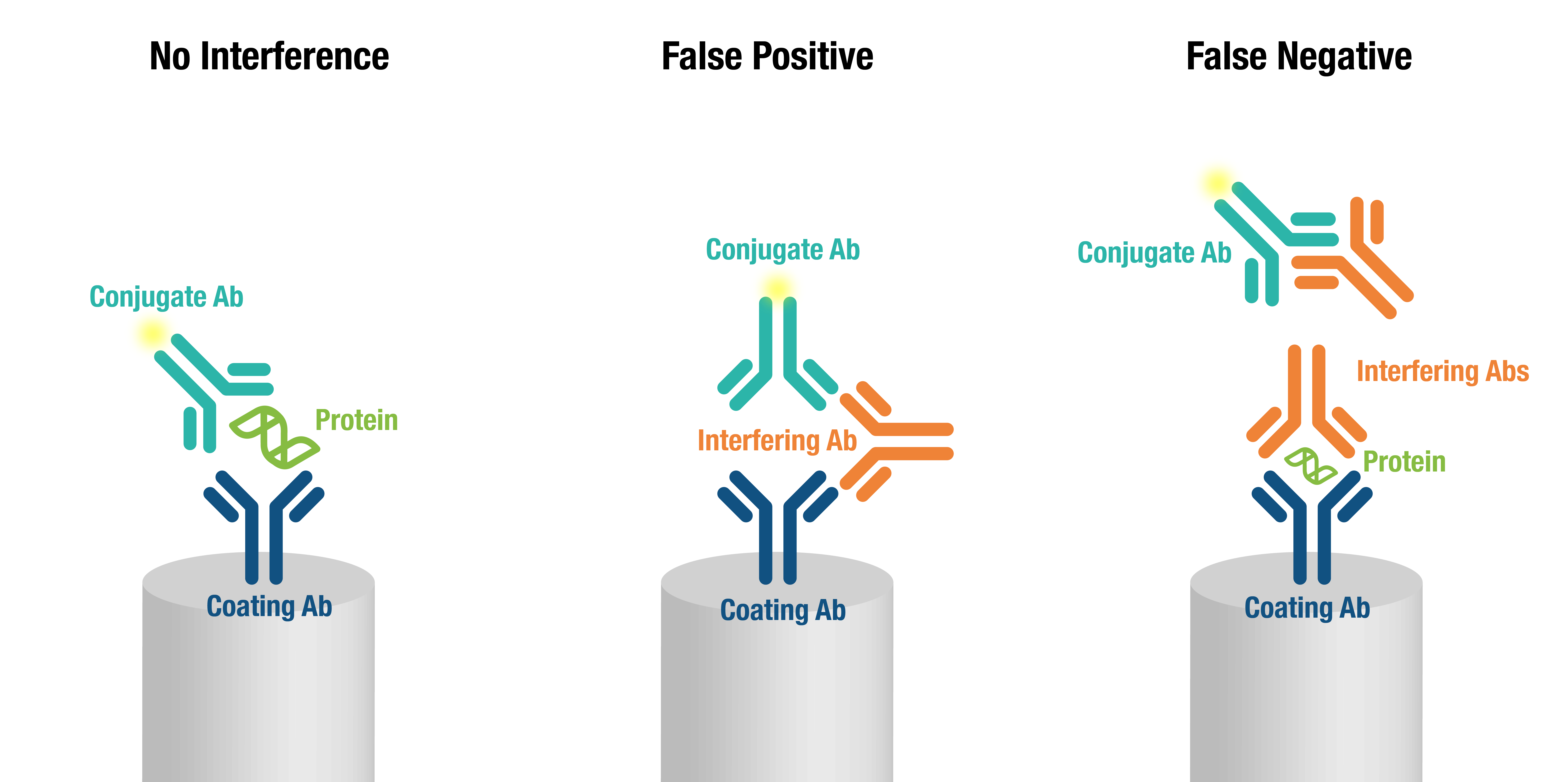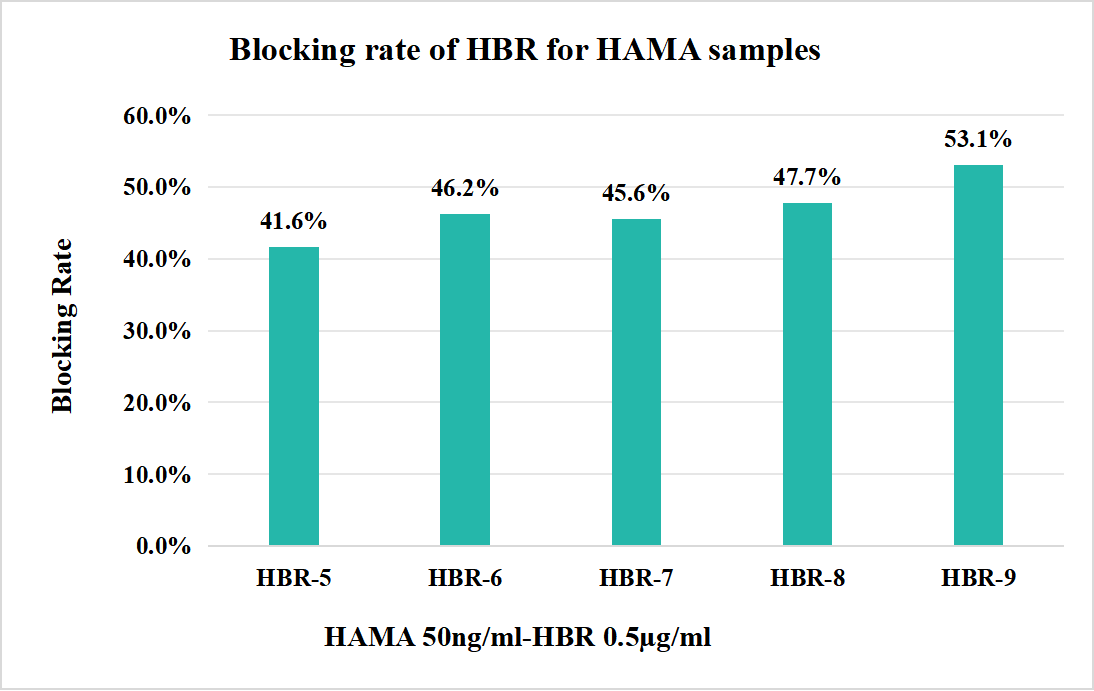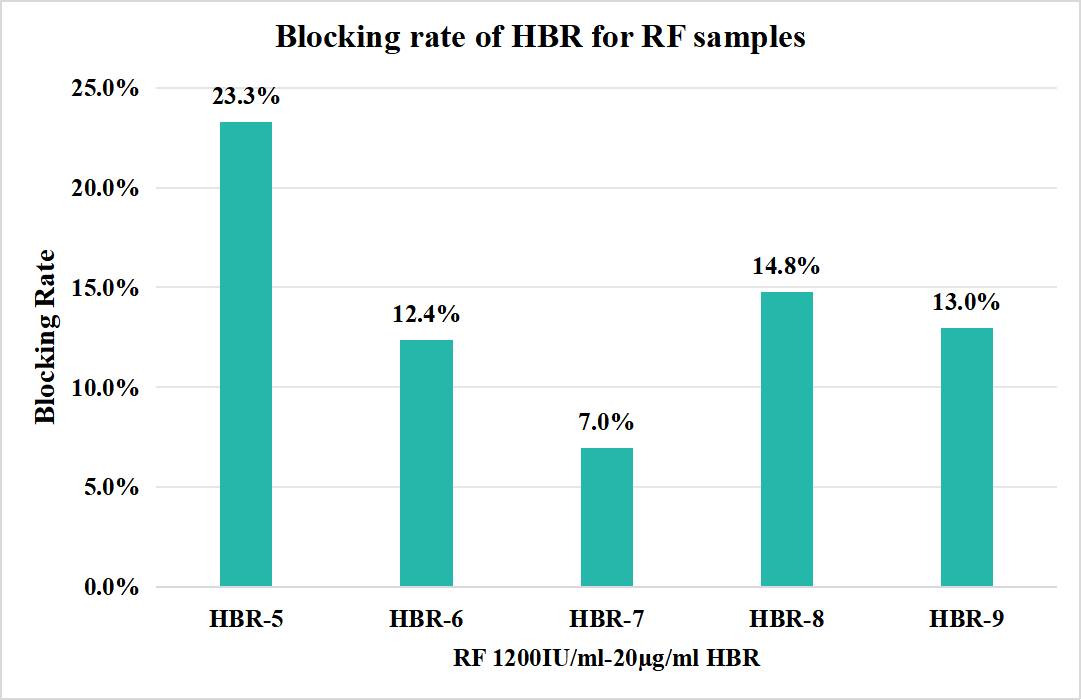News & Blogs 2024-04-01
Heterophilic Blocking Reagents (HBR) in Immunodiagnostics - I

EN
CN
EN
News & Blogs 2024-04-01
Heterophilic Blocking Reagents (HBR) in Immunodiagnostics - I

Cross-Reactivities
In the field of immunodiagnosis, accuracy is of paramount importance. To achieve this goal, scientists have developed a variety of raw materials and technologies, one of which is Heterophilic Blocking Reagents (HBR). HBR plays an indispensable role in ensuring the accuracy of diagnostic tests.
In our blood, there is a special class of antibodies known as heterophilic antibodies. These antibodies can nonspecifically bind to a variety of different antigens. Typical examples include Human Anti-Mouse Antibodies (HAMA) and Rheumatoid Factors (RF). Sometimes, these antibodies can bind to antibodies in diagnostic reagents, leading to false-positive results in immunological tests – indicate the presence of a disease when it's actually not there.
The primary function of HBR is to block these nonspecific bindings of heterophilic antibodies. By adding HBR, we can significantly reduce false positives in diagnostic tests, thereby enhancing the accuracy and reliability of these tests. In simple terms, HBR acts like a "protective barrier," ensuring that only genuine antigen-antibody reactions occur.
Chemiluminescence diagnostic platforms are widely used for disease detection due to their high sensitivity and rapid response. However, the presence of HAMA and RF can compromise the accuracy of test results. Using HBR effectively blocks these interfering factors, ensuring the reliability of the test results. This is particularly important when dealing with complex biological samples, such as blood samples from cancer patients or individuals with autoimmune diseases.
When selecting the right HBR, compatibility with the reagents used and the type of samples being tested is crucial. Different HBR products may have different compositions, so they should be chosen based on specific test requirements. For example, some HBRs are specially formulated for samples containing HAMA, while others are more suitable for samples with RF.
For newcomers, understanding the importance of HBR in immunodiagnostics is vital. HBR not only improves the accuracy of diagnostic tests but also enhances our confidence in the test results. As immunodiagnostic technology continues to advance, the role of HBR in ensuring test accuracy becomes increasingly prominent, making it an indispensable tool in medical diagnostics.
For HBR, Bioeast Biotech launched a new series of HBR, as shown in Table 1.
Table 1 New series for Bioeast HBR
PRODUCT NAME | CAT NO. | Application Platform |
Heterophilic Blocking Reagent | HBR-5 | LF,CLIA,EIA |
HBR-6 | LF,CLIA,EIA | |
HBR-7 | LF,CLIA,EIA | |
HBR-8 | LF,CLIA,EIA | |
HBR-9 | LF,CLIA,EIA |
For the newly launched blockers, Bioeast conducted tests on the chemiluminescence platform for TSH projects, specifically targeting HAMA and RF interference, to evaluate the efficacy of each blocker. The results are as follows:

Figure 1 Blocking rate of HBR for HAMA samples

clinical samples, HBR-5 showed the best results. It is recommended to use HBR-5 and HBR-9 in combination.